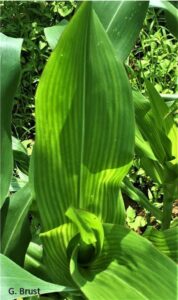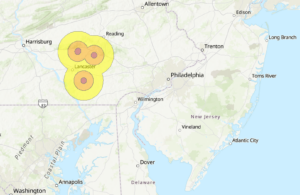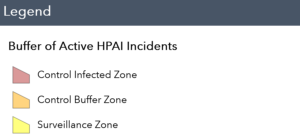Plant-available sulfur (sulfate) values have been added to Rutgers Soil Testing Laboratory fertility reports in the micronutrient reporting line. There are four interpretive categories: Low, Medium-low, Sufficient, and High. An explanatory paragraph follows near the end of the report to help interpret the reported value.

Symptoms of sulfur deficiency include yellowing or light green coloring on youngest tissue, thin stems and petioles, slow growth, and delayed maturity. Photo Credit: G. Brust, University of Maryland.
As the interpretative statements within the reports explain, sulfur analysis/interpretation is very complicated (similar to nitrogen) due to the many factors influencing it. Also, there is not full consensus among soil fertility experts on a best extraction method and critical values. Still, the sulfur value on the revised reports will provide an extra degree of information for understanding the soil & plant health. As with all micronutrient interpretations on the reports, the relevant RCE publication is referenced for further information; in the case of sulfur, RCE bulletin E365.



